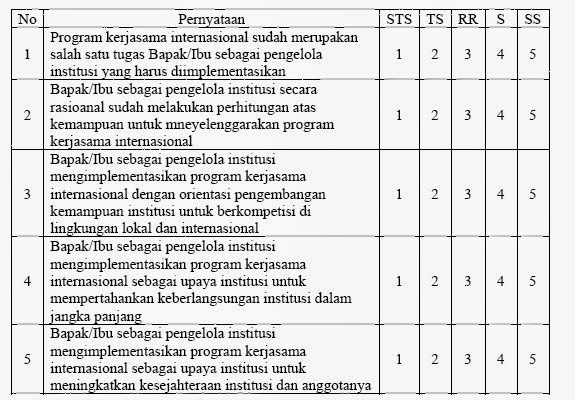In the world of data analysis, extracting meaningful insights from raw information is paramount. Surveys and questionnaires, often employing the ubiquitous Likert scale, serve as invaluable tools for capturing opinions and perceptions. However, the true power of these tools lies not merely in collecting data, but in deciphering the nuances hidden within. This brings us to the critical process of Likert scale analysis—a methodology that empowers researchers to transform subjective responses into quantifiable and insightful data points.
Imagine a spectrum of agreement, ranging from strong disapproval to enthusiastic endorsement. This, in essence, encapsulates the spirit of the Likert scale, a psychometric scale developed by psychologist Rensis Likert in the 1930s. This scale, typically presented with an odd number of response options (often five or seven), allows respondents to express their level of agreement or disagreement with a statement, moving beyond the limitations of simple binary choices. This seemingly straightforward scale has become a cornerstone of social science research, market research, and various other fields where understanding human sentiment is key.
The importance of proper Likert scale analysis cannot be overstated. It's not merely about assigning numerical values to responses; it's about unlocking the story those numbers tell. Are your customers generally satisfied with your new product? Does your team feel valued and supported? Likert scale analysis can provide these answers and more, enabling data-driven decisions and informed actions.
However, like any sophisticated tool, Likert scale analysis is not without its nuances. One of the primary considerations revolves around the very nature of the data itself. Unlike measurements with absolute zero points, such as height or weight, Likert scale data is ordinal. This means that while we can infer order (strongly agree is higher than agree), we cannot assume equal intervals between the points. This understanding is fundamental in choosing appropriate analytical techniques and interpreting the results accurately.
Let's illustrate with a simple example. Imagine a survey asking customers to rate their satisfaction with a recent purchase on a five-point Likert scale. By assigning numerical values (1=Strongly Disagree to 5=Strongly Agree), we can calculate a mean satisfaction score. However, this score should be interpreted with caution. A mean score of 4 does not necessarily imply twice the satisfaction as a score of 2, given the ordinal nature of the data.
Despite these considerations, the benefits of effectively analyzing Likert scale data are undeniable. Firstly, it allows for a more nuanced understanding of opinions and attitudes compared to binary yes/no responses. This granularity enables researchers to capture degrees of sentiment, leading to more insightful conclusions. Secondly, by quantifying subjective responses, Likert scale analysis opens the door to statistical analysis. This allows for the identification of trends, comparisons between groups, and even the testing of hypotheses. Finally, the ease of use and interpretation makes Likert scales and their subsequent analysis highly practical for a wide range of applications, from academic research to business decision-making.
Advantages and Disadvantages of Likert Scale
| Advantages | Disadvantages |
|---|---|
| Easy to understand and respond to for participants. | Limited response options; may not capture full range of opinions. |
| Allows for measuring degrees of agreement or disagreement. | Susceptible to central tendency bias (participants leaning towards neutral responses). |
| Amenable to statistical analysis for data interpretation. | Ordinal data limitations; cannot assume equal intervals between scale points. |
Unlocking team power choosing effective work group chat names
Black cherry candy strain
Unlocking the secrets of dreams and shadows book
cara menghitung likert scale - You're The Only One I've Told
cara menghitung likert scale - You're The Only One I've Told
cara menghitung likert scale - You're The Only One I've Told
cara menghitung likert scale - You're The Only One I've Told
cara menghitung likert scale - You're The Only One I've Told
cara menghitung likert scale - You're The Only One I've Told
cara menghitung likert scale - You're The Only One I've Told
cara menghitung likert scale - You're The Only One I've Told
cara menghitung likert scale - You're The Only One I've Told
cara menghitung likert scale - You're The Only One I've Told
cara menghitung likert scale - You're The Only One I've Told
cara menghitung likert scale - You're The Only One I've Told
cara menghitung likert scale - You're The Only One I've Told











